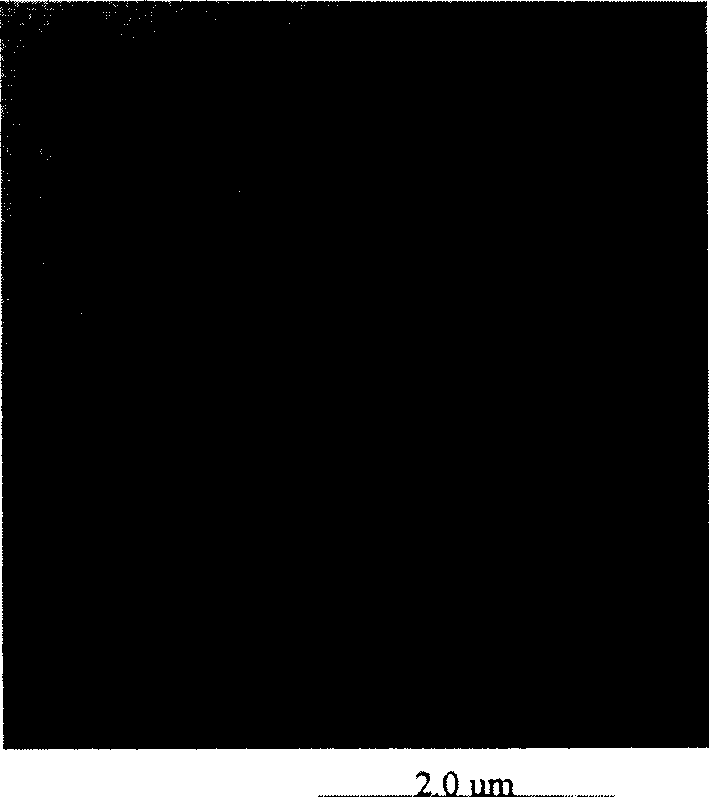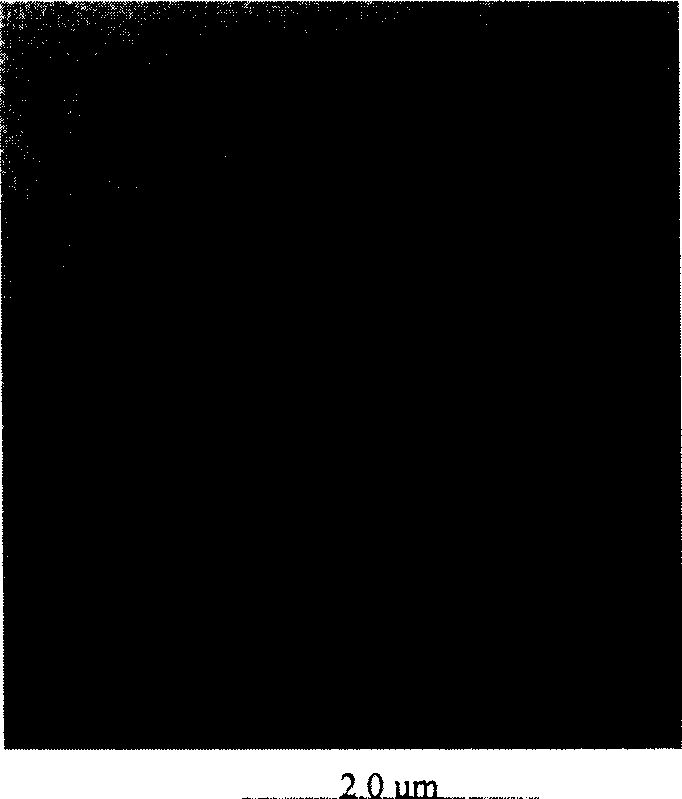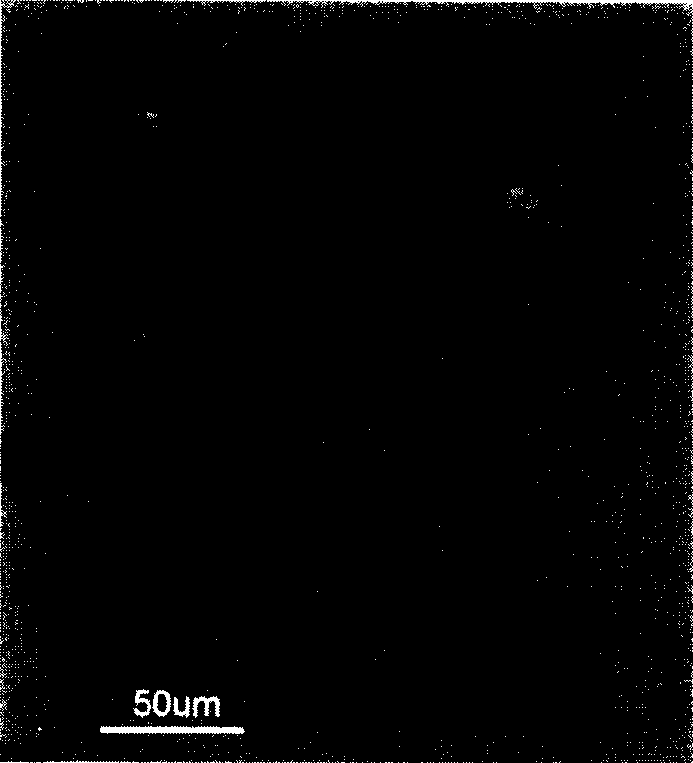Woven fabric for airbag
A fabric and airbag technology, applied in the direction of fabrics, textiles, textiles and papermaking, can solve the problems of high air permeability and poor restraint performance of the human body, and achieve the effect of improving tear strength, sliding resistance and improving restraint performance.
- Summary
- Abstract
- Description
- Claims
- Application Information
AI Technical Summary
Problems solved by technology
Method used
Image
Examples
Embodiment 1
[0081] Utilize plain weaving, weave polyamide 66 fibers with a total fineness of 350dtex and 108 filaments (filament) with a water jet loom, then use boiling water shrinkage processing, and dry and finish at 110°C to obtain a warp density of 63 / 2.54cm and a weft density of 61 Roots / 2.54cm of fabric. Polyamide 6, polyethylene glycol-propylamine adduct (molecular weight 600) and adipic acid are adjusted at a molar ratio of 2.5:1:1, and the resulting polymer is made into a water-based resin with a solid content of 15%. 1 wt % of carboxymethyl cellulose was added to adjust the viscosity to 10 dPa·s (measured with a viscometer (Viscotester) VT-04F manufactured by Lion Corporation). Evaluation The amount of resin after applying this resin to the fabric by knife coating and drying it is 3 g / m 2 The properties of the fabric are shown in Table 1.
Embodiment 2
[0083] Using plain weaving, polyamide 66 fibers with a total fineness of 350dtex and 108 filaments were woven with a water jet loom, then processed by boiling water shrinkage, and dried and finished at 110°C to obtain a warp density of 59 threads / 2.54cm and a weft density of 59 threads / 2.54 cm of fabric. Adjust the polyamide 6, polyethylene glycol-propylamine adduct (molecular weight 1500) and adipic acid at a molar ratio of 2.5:1:1, and make the obtained polymer into a water-based resin with a solid content of 15%, which is roughly the same as that of the water-based resin. Add 1 wt % of carboxymethyl cellulose to adjust the viscosity to 8 dPa·s. Evaluation The amount of resin after applying this resin to the fabric by knife coating and drying it was 7 g / m 2 The properties of the fabric are shown in Table 1.
Embodiment 3
[0085] Using plain weaving, polyamide 66 fibers with a total fineness of 350dtex and 108 filaments were woven with a water jet loom, then processed by boiling water shrinkage, and dried and finished at 110°C to obtain a warp density of 59 threads / 2.54cm and a weft density of 59 threads / 2.54 cm of fabric. Polyamide 6, polyethylene glycol-propylamine adduct (molecular weight 600) and adipic acid were adjusted at a molar ratio of 2.5:1:1, and the resulting polymer was made into a water-based resin with a solid content of 10% (viscosity: 0.5dPa· s), evaluate the use of impregnation treatment to apply to the fabric and make the amount of resin after drying 7g / m 2 The properties of the fabric are shown in Table 1.
PUM
| Property | Measurement | Unit |
|---|---|---|
| Adhesion | aaaaa | aaaaa |
Abstract
Description
Claims
Application Information
 Login to View More
Login to View More - R&D
- Intellectual Property
- Life Sciences
- Materials
- Tech Scout
- Unparalleled Data Quality
- Higher Quality Content
- 60% Fewer Hallucinations
Browse by: Latest US Patents, China's latest patents, Technical Efficacy Thesaurus, Application Domain, Technology Topic, Popular Technical Reports.
© 2025 PatSnap. All rights reserved.Legal|Privacy policy|Modern Slavery Act Transparency Statement|Sitemap|About US| Contact US: help@patsnap.com



